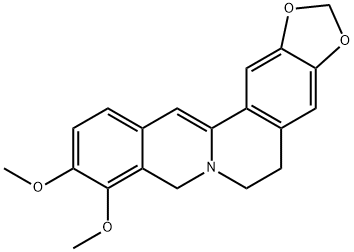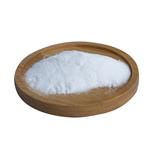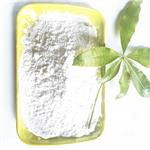Dihydroberberine: a natural derivative of Berberine
Dihydroberberine (DHB) is emerging as a popular supplement for its enhanced bioavailability and therapeutic efficacy compared to its precursor, Berberine. Berberine, a natural compound, has been widely used for its antimicrobial and anti-inflammatory properties. It has also shown promise in improving glucose and lipid metabolism, supporting cardiovascular health, and offering neuroprotective effects.
Dihydroberberine is a derivative Berberine (B318150), an isoqinoline alkaloid shown to have a chemopreventive property against colon tumor formation by inhibiting the enzyme cyclooxygenase-2 (cox-2) which is abundantly expressed in colon cancer cells.
ChEBI: Lambertine is an alkaloid.
Briefly, 5% sodium hydroxide solution (27?mL) containing sodium borohydride (2.7?g) was added to a stirred solution of berberine chloride (11.06?g) and potash (13.1?g) in methanol (150?mL) dropwise. After stirring the reaction mixture at ambient temperature for 3?h, the precipitation was filtered and scrubbed with 30% ethanol (200?mL) followed by 80% ethanol (100?mL). The green–brown crystals were filtered and dried at 30?°C and were then collected to afford 9.4?g (yield: 85%) Dihydroberberine[1].
[1] Lihua Tan . “Dihydroberberine, a hydrogenated derivative of berberine firstly identified in Phellodendri Chinese Cortex, exerts anti-inflammatory effect via dual modulation of NF-κB and MAPK signaling pathways.” International immunopharmacology 75 (2019): Article 105802.



